The Amazon rainforest is often called the “lungs of the Earth.” Spanning over 5.5 million square kilometers, it produces vast amounts of oxygen, regulates global climate, and supports millions of species. But what if this lush green paradise suddenly transformed into a barren desert? The consequences would ripple across the globe, triggering ecological collapse, climate chaos, and human suffering on an unimaginable scale.
Why the Amazon Matters
The Amazon is not just a forest; it is a living system that drives Earth’s balance. It:
- Stores 90–140 billion metric tons of carbon, slowing global warming.
- Produces 20% of Earth’s oxygen through photosynthesis.
- Hosts over 3 million species of plants and animals.
- Feeds rivers, rainfall, and weather systems across South America and beyond.
Losing the Amazon would mean losing one of Earth’s greatest climate stabilizers.
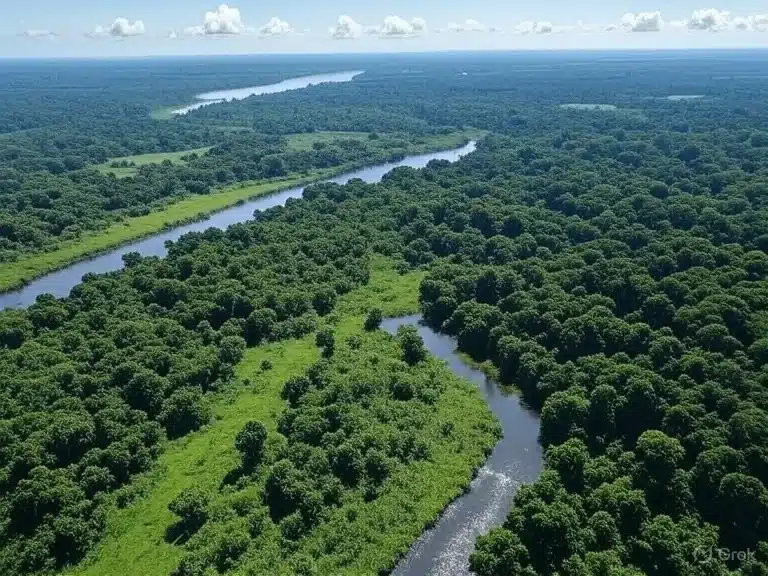
The Process of Desertification
Turning the Amazon into a desert wouldn’t happen overnight, but deforestation, climate change, and rising temperatures could accelerate the process.
- Deforestation removes the tree cover that recycles rainfall back into the atmosphere.
- Rising global temperatures cause longer droughts.
- Wildfires destroy biodiversity and prevent forest regrowth.
- Soil degradation leaves land infertile, pushing the forest toward desert-like conditions.
Scientists warn that once 20–25% of the rainforest is lost, a tipping point could trigger irreversible desertification.
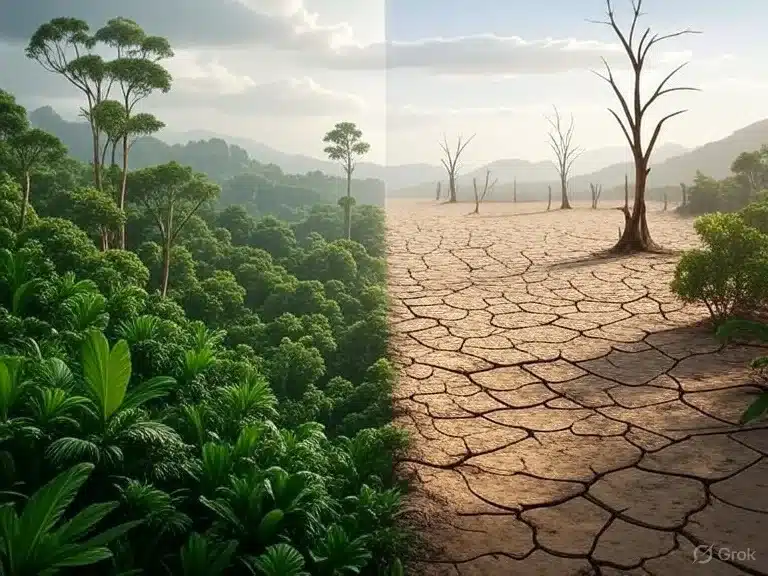
Immediate Environmental Impacts
If the Amazon turned into a desert, the planet would face devastating consequences.
- Carbon emissions spike: Without trees to absorb CO₂, greenhouse gases would skyrocket.
- Collapse of rainfall cycles: South America would lose its reliable rains, impacting agriculture.
- Temperature rise: Without the cooling effect of forests, the region would heat up dramatically.
This would set off a chain reaction of climate instability worldwide.
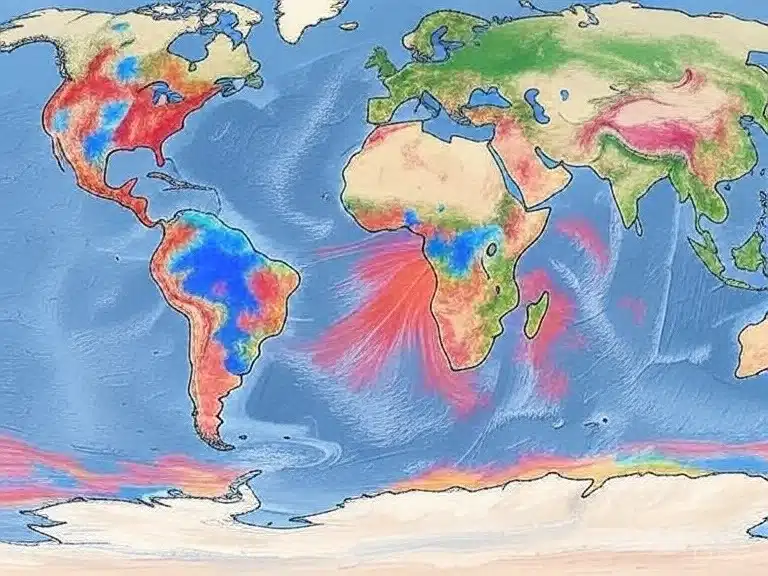
The Loss of Biodiversity
The Amazon is home to an estimated 10% of all species on Earth. Turning it into a desert would trigger one of the largest extinction events in history.
- Iconic species like jaguars, pink dolphins, toucans, and countless insects would vanish.
- Medicinal plants—many still undiscovered—would be lost forever.
- Indigenous tribes who rely on the forest would face cultural and physical extinction.
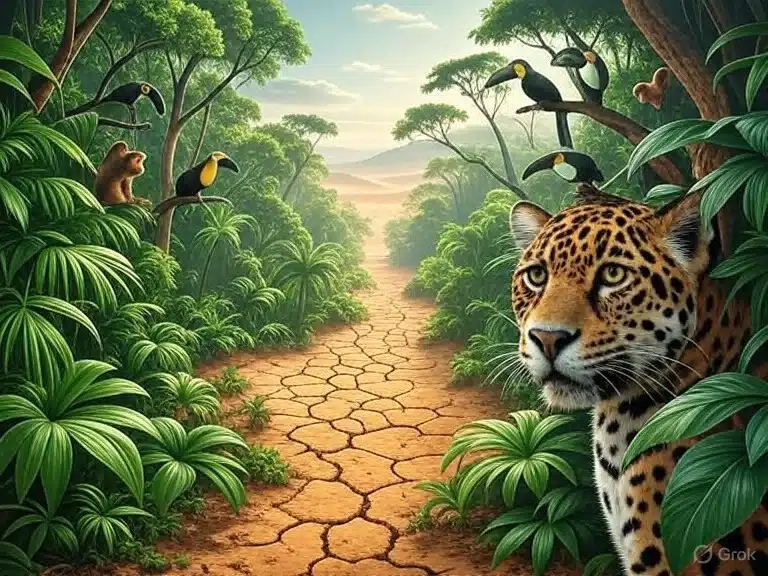
Global Climate Chaos
The Amazon plays a critical role in stabilizing global weather. Without it:
- North America could face harsher winters and longer droughts.
- Africa and Asia would experience altered monsoon cycles.
- Europe could see increased heatwaves.
Essentially, the Amazon’s collapse would destabilize climate systems far beyond South America.
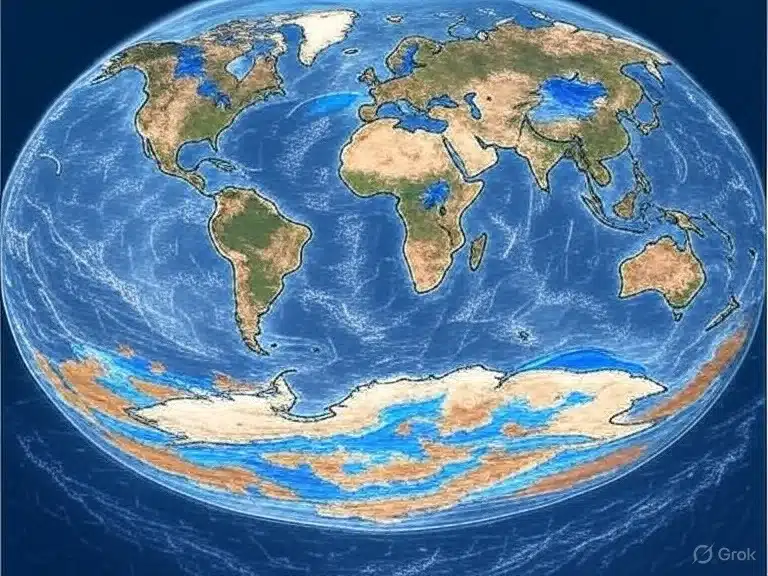
Impact on Humans
The human toll would be devastating.
- Agriculture collapse: Brazil, one of the world’s top food exporters, would see crop failures.
- Freshwater shortages: The Amazon River, holding 20% of Earth’s freshwater, would shrink drastically.
- Health crises: Rising dust storms and heatwaves would increase respiratory and cardiovascular diseases.
- Mass migration: Millions would be forced to leave the region, sparking global refugee crises.
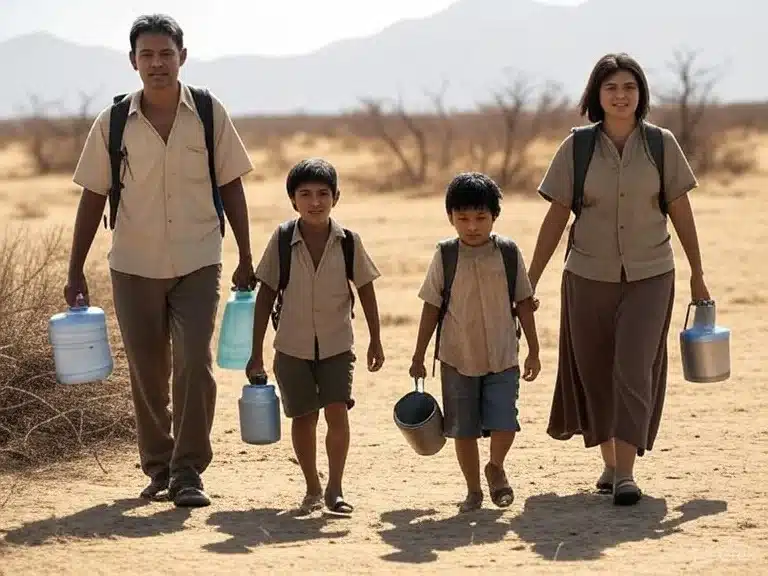
Could We Prevent This?
Stopping the Amazon from turning into a desert requires urgent global action.
- Reforestation projects to restore lost tree cover.
- Strict anti-deforestation laws with global enforcement.
- Carbon reduction policies to combat climate change.
- Support for indigenous communities who act as guardians of the forest.
International cooperation is the only path to prevent this ecological disaster.
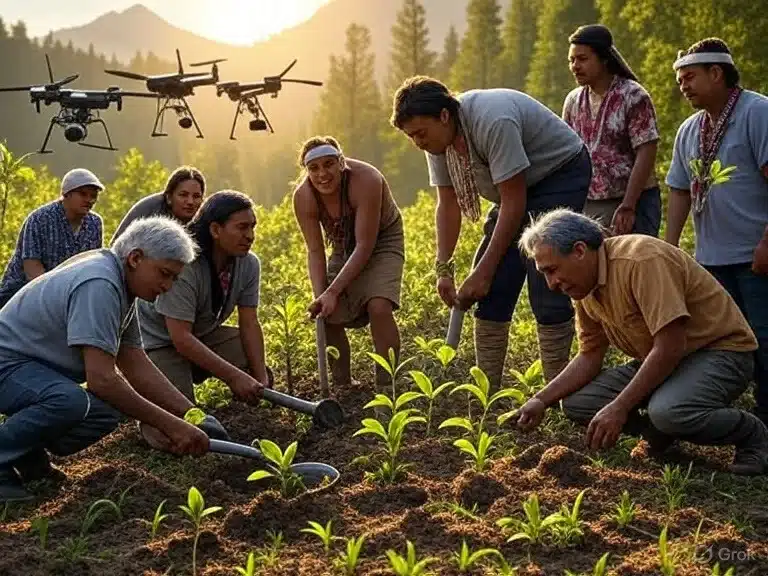
A Glimpse Into the Future
If desertification takes hold, future generations would inherit a barren land where the richest ecosystem on Earth once stood. Scientists believe Earth would lose not only a natural wonder but also one of its best defenses against climate change. Humanity would pay the price for neglecting the Amazon, perhaps realizing too late that protecting it was never optional—it was survival.

Conclusion
The Amazon rainforest is more than just a forest—it is a planetary lifeline. If it were to turn into a desert, the world would face ecosystem collapse, mass extinctions, climate instability, and human suffering on an unprecedented scale. Protecting the Amazon is not a regional issue; it is a global responsibility.
The survival of the Amazon is tied to the survival of humanity itself.

